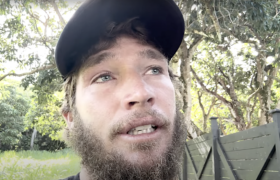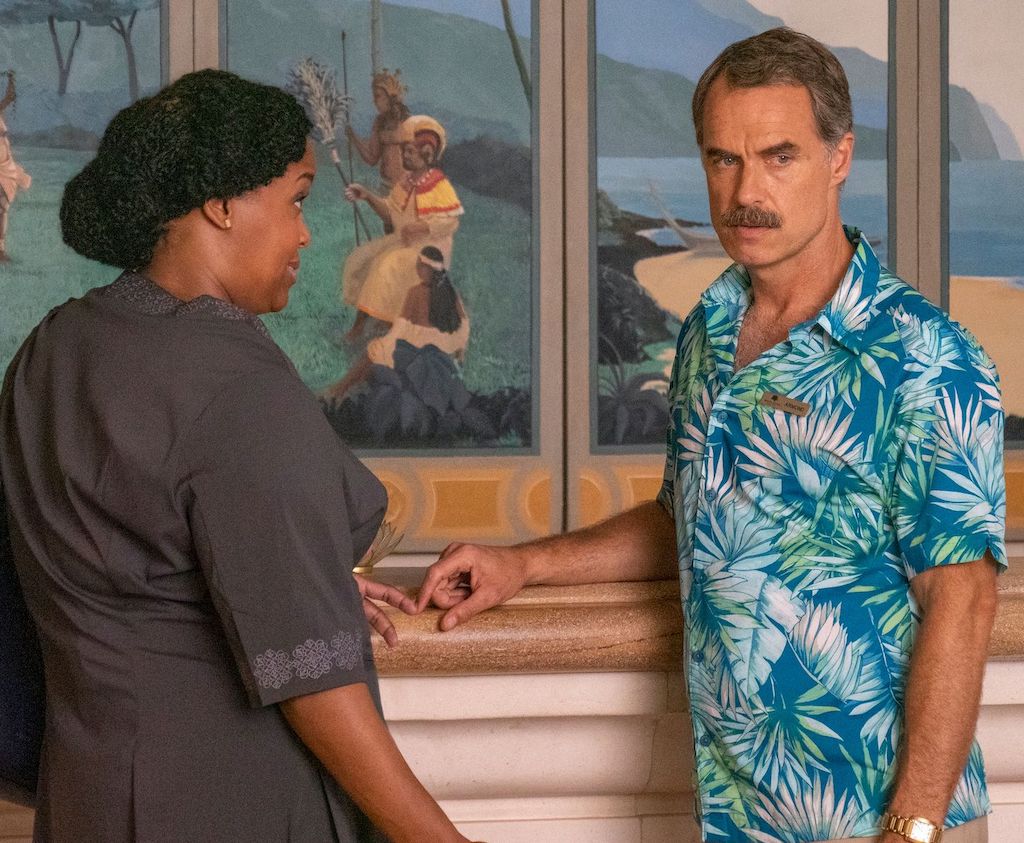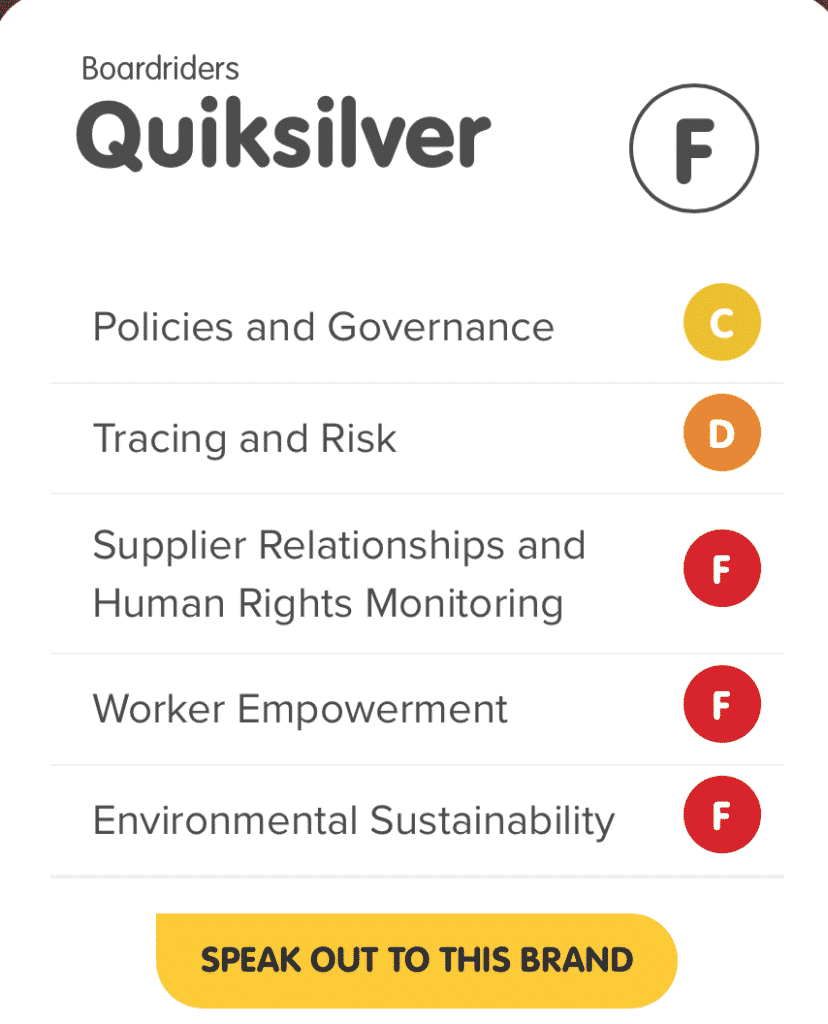“I had another of many friends have a horrible reaction to the vaccine just today. She thought she was dying and fears her quality of life has changed in the past few days for good."
The world’s greatest surfer, athlete, Kelly Slater, has enlivened an otherwise dreary news day by teeing off on COVID vaccines on a relatively obscure Instagram account.
The almost fifty-year-old Slater lit up after the account @summer_ofsurf posted a message thanking ocean racing competitors for getting vaccinated against COVID-19, prompting ironman Matt Poole to write.
“The next time I head down to surfers I’m going to jump in the rip because “freedom of choice”,” Poole wrote. “It’s no issue for me, but as soon as I start telling others there is no danger in the rip, they’ll jump in too, and tell their mates and before you know it, there is a 100 of us in there… Now some of the 100 get in trouble, and lifesavers come to save them… putting those lifesavers in danger as well. Now 50 are drowning and the lifesavers are overrun, and can’t save them all or themselves…. But that was our choice. It’s not freedom of choice if it impacts others — it’s about helping others.”
Here, Slater jumped in.
“@matt_poole1 let me explain why your analogy makes no sense. If I know the risks (informed consent) and I judge the choice to be one that benefits/hurts me based on stats and info and my own ability (health), I can choose accordingly.
“If something happens to me it’s on me, not someone else. Your argument is a false equivalence. Apples and oranges. If 99.7% of all people would be fine with no lifeguard while in that rip and they’re given all the possibilities, most could swim the most dangerous part of that beach without risking drowning.
“And plenty of people drive without seatbelts. We can agree that’s statistically not a great thing at speed but it’s still your choice, not mine. And my seatbelt (like the gene therapy) doesn’t save you so that’s another fallacy. Now regarding covid…21 total deaths in OZ under the age of 30 and 6 below 20. This is clearly a disease of obese, unhealthy, and elderly if you study the official statistics.
“And for people saying listen to the doctors, I’m positive I know more about being healthy than 99% of doctors, but I wouldn’t trust me. But most of my covid info comes directly from doctor friends, many of them in disagreement with the official ‘science’.
“I had another of many friends have horrible reaction to the vaccine just today. She thought she was dying and fears her quality of life has changed in the past few days for good. My mom also is part of those underreported stats. Other friends have literally died from it. So anyone here shaming people who are affected or concerned does nothing but feed the ego.
“When you study and talk to health professionals that deal with actual health and find out about the immune system suppression from the vaccines one day, you’ll open your mind to it.
“Don’t worry, plenty of doctors also talk about this but your algorithm isn’t feeding it to you. It’s wild that people don’t believe we are born with the ability of our bodies to adjust and prepare for different health issues. Covid exposes the unhealthy underlying patterns and issues in people.”
Back in August, Slater leveraged his formidable social media platforms to create what he had hoped would be a non-politicised debate around the use of vaccines to fight COVID-19 and its sequels.
Slater posted an excerpt from an article by Michael Yeadon, a former VP of Pfizer who has become the poster-boy of anti-vaxxers for his belief that there’s gonna be a few side effects we don’t know about yet.
“There is absolutely no need for vaccines to extinguish the pandemic,” wrote Yeadon. “I’ve never heard such nonsense talked about vaccines. You do not vaccinate people who aren’t at risk from a disease. You also don’t set about planing to vaccinate millions of fit and healthy people with a vaccine that hasn’t been extensively tested on human subjects.”
Adding an addendum Slater wrote,
“Something to ponder. But I’m no epidemiologist.”
In a story from March, news agency Reuters tore hell out of Yeadon and his claims etc.












